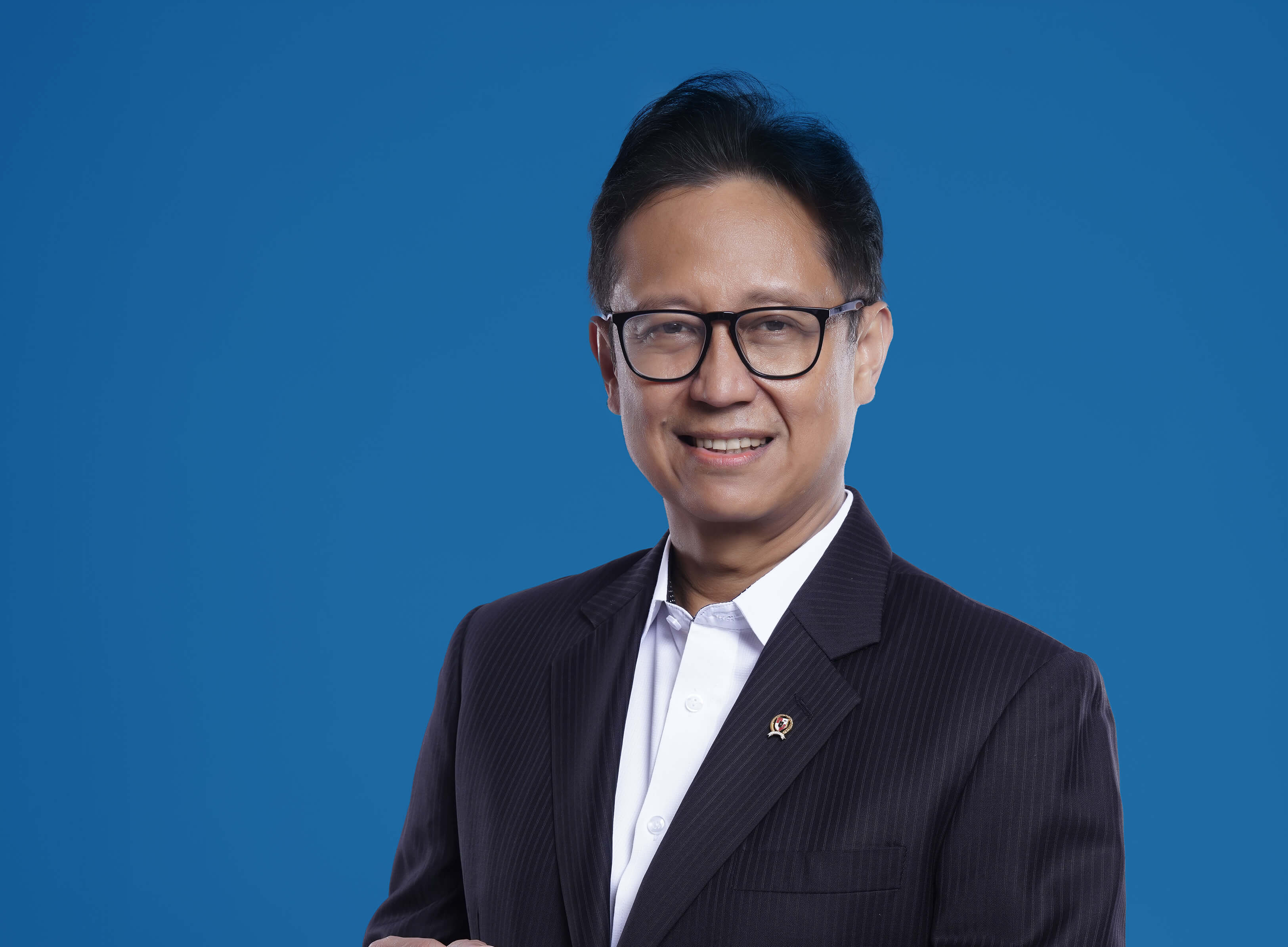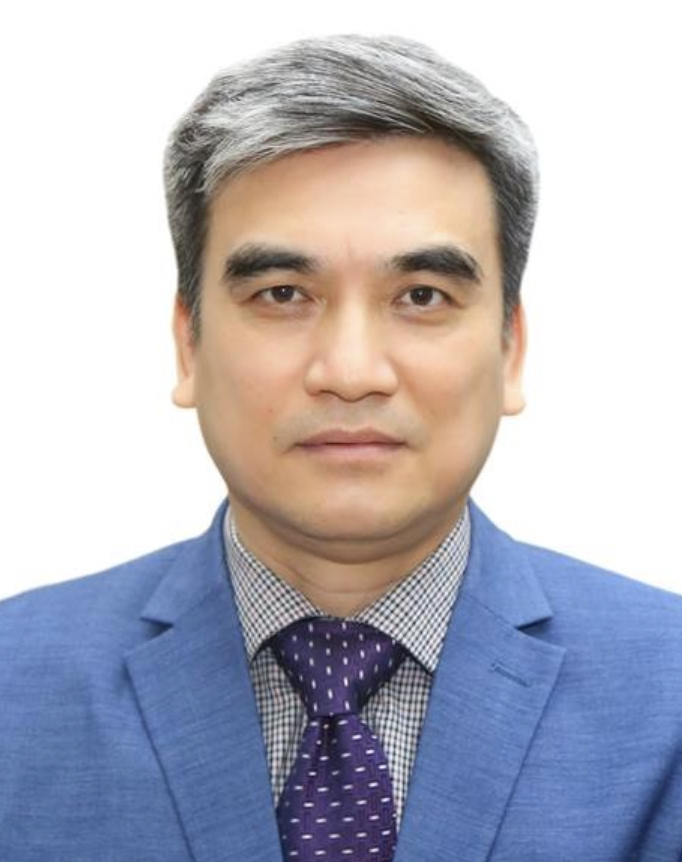


COVID-19 continues to threaten people’s lives in every aspect, in all corners of the world, with children most impacted. In East Asia and the Pacific, the latest wave of the pandemic rages on while changes dominate the landscape.
New variants, vaccines, and policies are sweeping through countries as quickly as the virus itself, leaving governments and partners to tackle the virus with great uncertainty. At the centre of these challenges lie complex questions about how best to assure the health and wellbeing of children.
n countries across ASEAN, communities and families are confronted with the possibility that the COVID-19 pandemic is here to stay. This realisation, combined with the economic and social toil that the pandemic has already taken, has contributed to a sense of fatigue. “Pandemic fatigue”—a state of being demotivated or worn out by precautions and restrictions—can be responsible for an increase in cases as people abandon protective behaviours. Thus, now more than ever, ASEAN Member States need to focus attention on developing strategies that reinvigorate public support to prevent the spread of COVID-19.
Careful Priority Setting for Equitable COVID-19 Vaccination
Vaccination and protective measures continue to be the foundation for fighting the pandemic. The science is clear—COVID-19 vaccines are safe and effective at reducing the risk of infection, severe disease and death, including from the Delta variant. Cases are on the rise across the region, with more people shifting their view of COVID-19 vaccination from one of hesitancy to one of acceptance.
Although many new COVID-19 vaccines are being approved, supplies remain limited.
Despite strong efforts on the part of the COVAX Facility, bilateral donors, and governments’ own procurement, the demand for vaccines is beginning to outpace supply, creating inequities in vaccine distribution across many countries. The most vulnerable groups—the elderly, disabled, those with underlying health problems—face the greatest risk for severe disease and death from COVID-19, yet are often unable to access vaccination. Inequitable access to vaccines is also being noted among women, the rural and hard to reach areas, and displaced populations in crisis. With the prevalence of access and supply issues, careful planning and priority setting are critical to bringing about greater equity in COVID-19 vaccination.
Vaccinate Caregivers and Teachers and Use Protective Measures Where Children Live, Learn and Play
Equally important, however, is that these strategies strike a balance between protecting the health of the population and the physical, psychosocial, and educational wellbeing of children and adolescents. In an environment of low vaccine supply, one of the most important ways to protect the health and development of children is to make sure that the people who care for and spend time with them—caregivers and teachers—are fully vaccinated. Teachers need to be vaccinated for their own protection as frontline workers in the education sector, and in turn, to protect access and quality of education.
Using protective measures in the spaces where children live, learn and play, provides additional protection, including wearing a mask, social distancing, and hand washing. Enabling these safe environments for children and adolescents should also be a priority for countries.
Support Health Workers with the Latest Information
Health workers—and the health systems in which they work—continue to be overwhelmed by the pandemic and the changing environment of available vaccines. Health workers remain on the frontlines of the pandemic and are a critical link between the health system and community. They are faced with the dual responsibility of conducting their usual duties while being prepared to fulfil COVID-19 related work at a moment’s notice.
As a trusted source of information in the ASEAN Member States, health workers deserve our respect, support, and access to the newest information. Through both traditional and digital technology, continuing education systems must be in place for health workers to receive timely, updated information as new variants arise and vaccines become available.
The Pandemic’s Impact on Health and Education —Helping the Most Vulnerable
New waves of the pandemic are also bringing about unpredictable access to essential health services for children. Lockdowns and fears of being exposed to COVID-19 at health facilities further contribute to reduced health-seeking among the community for routine maternal and child health services. We are starting to see the consequences with a decline across the region of routine childhood immunisations (such as vaccines to prevent measles and polio). With even greater reductions in routine immunisation expected n the coming months, ASEAN Member States are likely to see increases in severe illness and deaths among children from vaccinepreventable diseases. Now is the time to create new opportunities to reach children with catch up vaccines and other essential health services.
The ongoing pandemic is leading to profound changes to health care and education systems, causing substantial losses and inequalities in learning.
The number of children not meeting a minimum level of learning is on the rise in ASEAN countries. School closures have impacted both academic attainment and social and emotional wellbeing. While schools have created options for distance learning, children struggle to access resources and support, particularly those from the most disadvantaged households.
Reopening Schools, Making Sure Children Have Access to In-Person Learning
While the loss in learning and consequences for future earning potential is staggering, children are losing out on far more than education. Schools often play an important role in children’s access to health and social services, nutrition, protection, and psychosocial support. School closures have contributed to increases in mental health issues among children, adolescents and caregivers, increased exposure of children to violence and exploitation at home and online, loss of support services for children with disabilities and special learning needs, and for many boys and girls, reduced chance of a return to school once the doors reopen.
Given what is at stake, the case could not be stronger for reopening schools with appropriate protective health measures and putting in place targeted measures to help children recover the learning they lost, with particular attention to the most vulnerable children.
As this region braces for a period of ongoing waves of the pandemic, an opportunity presents itself now for the ASEAN Member States to show their leadership and put strategies and plans in place that will place the priority on vaccine equity and continue to build public support to prevent the spread of COVID-19. UNICEF looks forward to working together with ASEAN Member States to put in place measures to protect children, their health and their development. We must ensure that essential health services, such as routine immunisation programmes, continue and schools will reopen as soon and as safe as possible. We must work together to make up for the lost time and ensure that the children growing up in the pandemic get equal opportunities to grow, learn, and pursue their dreams and aspirations, just as we did.








